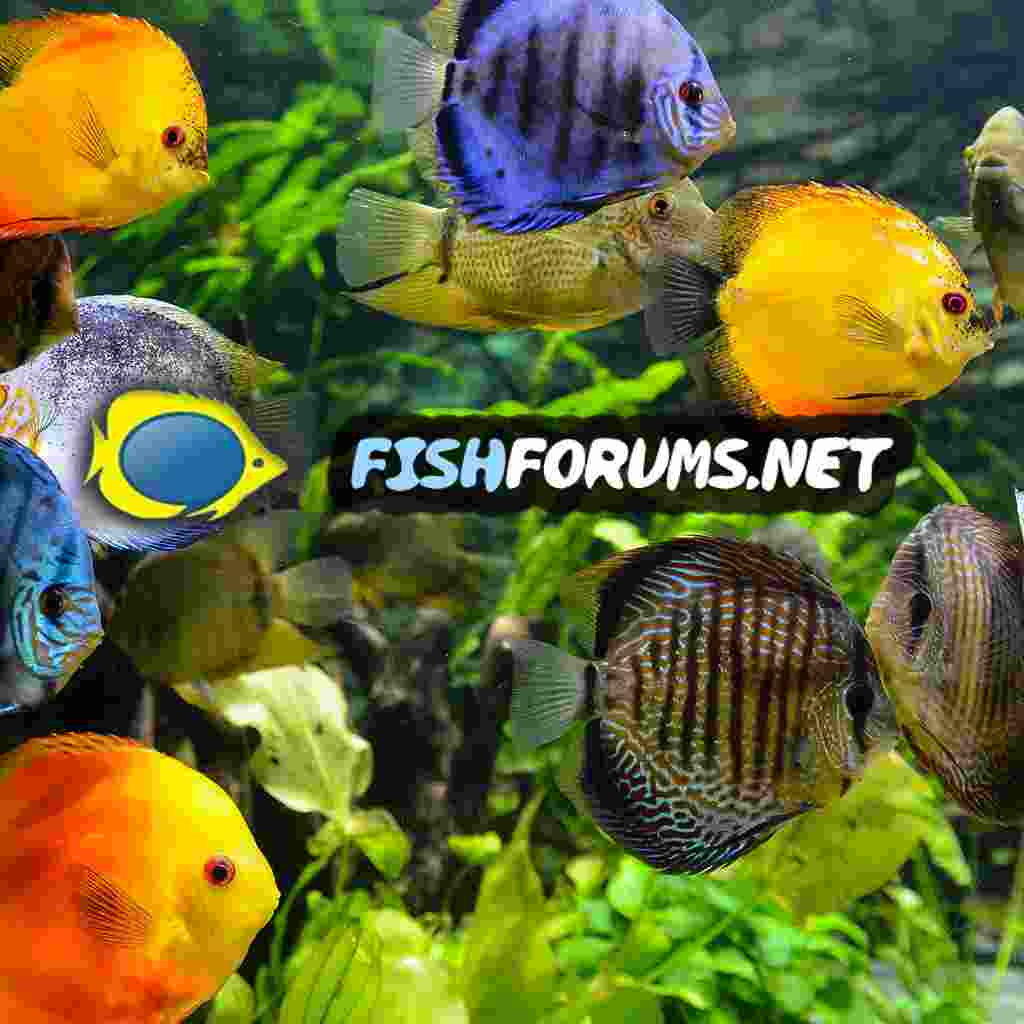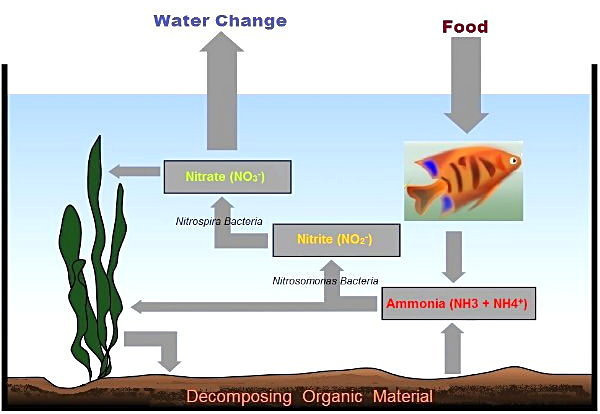Well, I doubt there will be any bacteria in your sponges, new or not, if the tank has not begun it’s fishless cycling in order to get those bacterias.
There are two main types of bacterias that will deal with ammonia and nitrite.
For ammonia, Nitrosomonas bacteria, these will be the first to produce and colonise to deal with any ammonia waste that fish or any aquarium livestock produces every day, as well as decaying plants.
Ammonia is toxic to these livestock so it’s always best to have bacteria at zero on any test kit at any time.
For bacteria to deal with nitrite (which is a by produce of the Nitrosomonas when they consume ammonia) there will be nitrifying bacterias called Nitrobacter bacteria which will then consume nitrite which then becomes nitrate.
Again nitrite is toxic to any livestock as well so these will also be best to have zero reading at any one time on any test kit.
Nitrate is also toxic but out of the three elements, this is the least toxic and the only ways to deal with nitrate is to do large water changes (usually between 50-75% of and having live plants will help also in reducing nitrate levels to a minimum.
A half decent test kit to test for those is a must for all fish keepers imho, and a half decent kit which has proven to be fairly effective as long as the tests are carried out correctly and is of good value is API Master Freshwater Test Kit, easily obtained online or from most LFS.
A lot of keepers on this forum uses this kit, myself included.
Have a read of this article which explains in more detail about fishless cycles and why we do this as well as a good guide on how to do a fishless cycle.
A lot of information for the new fish keeper to take on so take your time and do your research and that will get you off to a good start before setting up your tanks etc.
Cycling Your First Fresh Water Tank What is Cycling and Why is it Important? Fish waste, and especially fish breathing, plus uneaten food and other organic matter breaking down in a tank all produce Ammonia. This can quickly become toxic to fish if it is allowed to build up to any measurable...

www.fishforums.net




